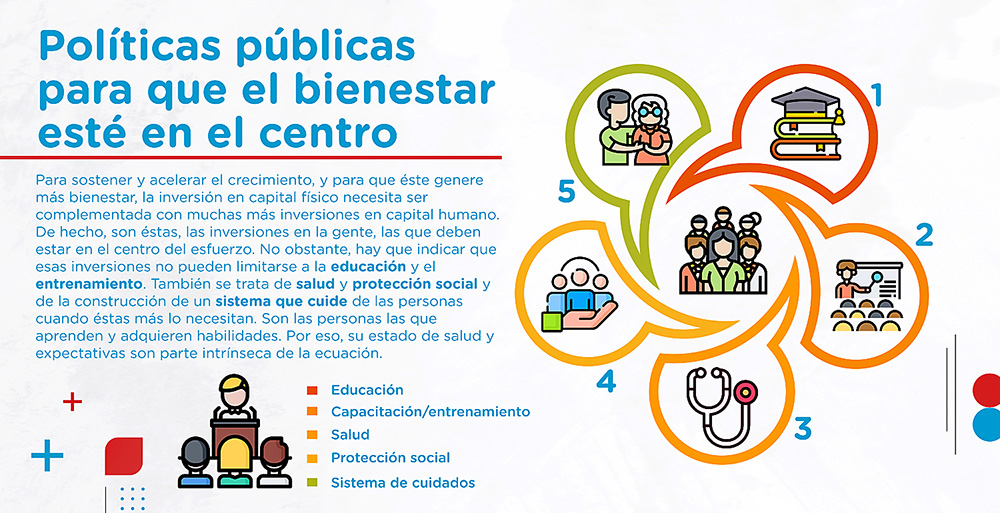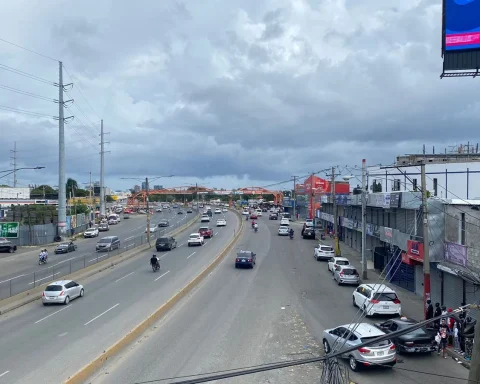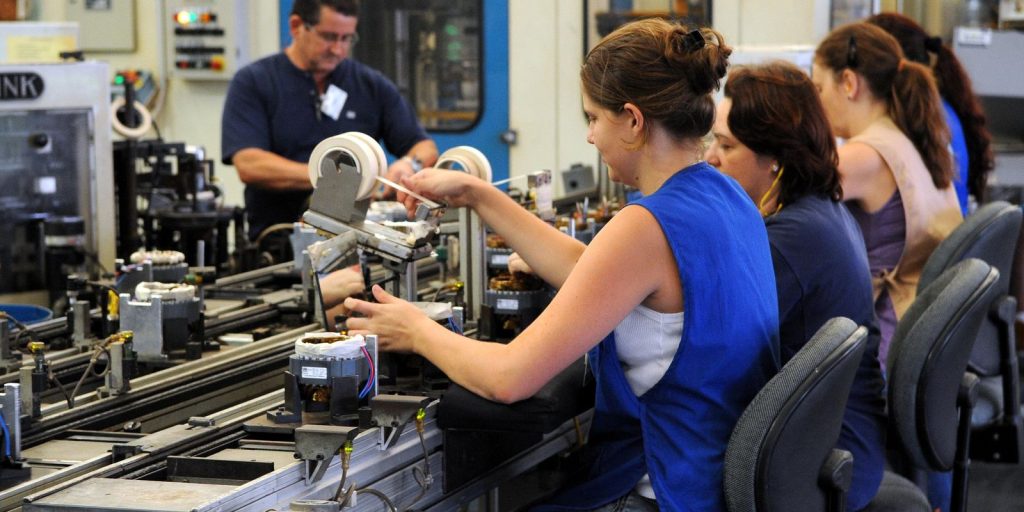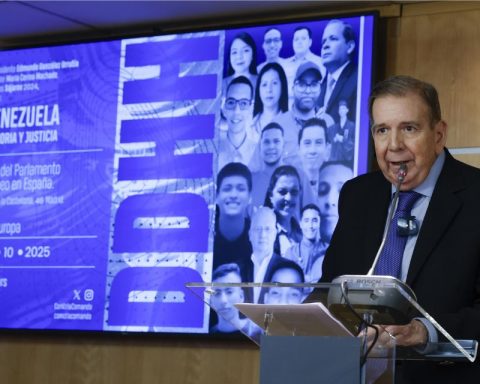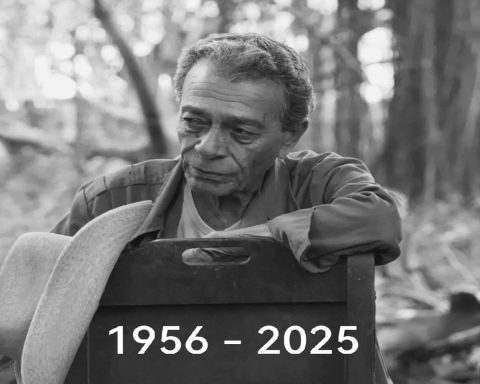Over the past 50 years, the Dominican Republic has undergone a significant material transformation. Today, the size of the economy is almost 12 times what it was in 1970. In that period, the population, although it has grown, has barely multiplied by 2.4 and, as a result, per capita output has more than quintupled.
This process of accelerated economic expansion took place under very diverse political environments and under significantly different growth models and public policies. In the 1970s, the very high economic growth occurred in a context in which political repression and state crimes prevailed and, economically, under policies of protection and promotion of industrial and urban development, sugar exports were the main source of financing for this effort.
In the 1980s, the effects of the exhaustion and crisis of the sugar and import substitution model and stabilization and adjustment policies predominated. Growth was significantly reduced and a painful social crisis was generated in the country. At the same time, political repression had subsided and a period of political freedom and freedom of expression had begun.
By the end of the 1980s, the economy had been reconfigured, with free trade zones and tourism leading the external sector. From the beginning of the 1990s onwards, the economy and foreign trade were liberalised and the entrepreneurial State inherited from the end of the tyranny was dismantled. These transformations inaugurated a new period of economic expansion and diversification in which, at the domestic level, sectors such as trade, telecommunications, finance and construction and, more recently, mining, stood out.
Common factors
Despite the diversity of the political regimes and political contexts, there are at least three elements common to each of these periods. The first is political stability, which guaranteed the continuity of investments. Since the late 1960s, this was ensured by repression, but since 1978, political and expression freedom and alternation in power have prevailed, not without electoral crises that revealed the weaknesses and problems of the political system.
The second is that physical capital investment was the determining factor behind high growth. This is confirmed by various economic studies. In the 1970s, it was investment in the industrial sector and in infrastructure, and from the 1990s onwards, mainly private investment in various sectors of activity. In all cases, the stimulus of public policies, which helped to guarantee profitability, was a relevant factor.
The third is that real wages remained lagging, which, along with other factors, helped ensure the profitability of investment in industry in the 1970s and, from the 1990s onwards, the competitiveness of the new export sectors. In both cases, the growth of the working-age population, limited progress in education and wage restraint policies combined to keep wages depressed.
It is this combination of prolonged and intense economic growth and relatively stagnant real wages that explains the high inequality in income distribution. Although living standards have increased, this improvement has been insufficient and is not consistent with the material transformation and levels of well-being that people perceive around them.
Shifting the emphasis
Fortunately, for several years now we have come to understand much more clearly that growth must translate into greater well-being and that an economy with depressed wages, no matter how high its growth rates, is not a successful one. We are also more aware today than in the past that inequality is a source of social conflict.
Furthermore, it seems difficult for the economy to sustain or increase its growth rate in the long term if we fail to accelerate the learning and technological transformation of our businesses, both small and large, which depends primarily on a much more qualified and better paid workforce.
In fact, it is now very clear that the key to taking advantage of the opportunities offered by the international relocation of some manufacturing activities (nearshoring) to create better quality jobs lies in the human skills and abilities that we can create as a result of technical and vocational training programs. The most important requirement for foreign investment in semiconductor assembly, testing and packaging activities, in more complex activities in the manufacturing chain of medical devices and electrical and electronic products, and in the manufacturing of auto parts, is the availability of technical and professional personnel with the right skills and abilities.
But it is not just a question of foreign investment. The transformation of agriculture and, with it, the strengthening of agro-industry so that both are capable of producing for the domestic market and exporting high-value products, especially involves achieving higher levels of technical development and yields. This requires qualified technical personnel. Food security, export dynamism and rural development depend on it.
In other words, there are clear signs that in order to grow more in the current technological context and for growth to generate more well-being, reduce inequality and strengthen social cohesion, we need to grow differently. The schemes of the past do not seem to work any longer. Political stability and incentives to invest in physical capital are insufficient. The emphasis has to change.
To sustain and accelerate growth, and for it to generate more well-being, investment in physical capital needs to be complemented by much more investment in human capital. Indeed, it is these investments, in people, that must be at the heart of the effort. However, it must be pointed out that these investments cannot be limited to education and training. They are also about health and social protection and building a system that takes care of people when they need it most. It is people who learn and acquire skills. Therefore, their health status and expectations are an intrinsic part of the equation.
In times of reforms and efforts to accelerate growth and development, it is essential to rethink incentive regimes and policy emphases, giving them more humane and long-term strategic meanings.
